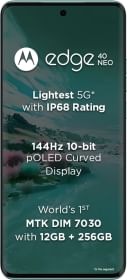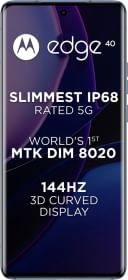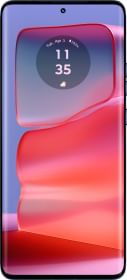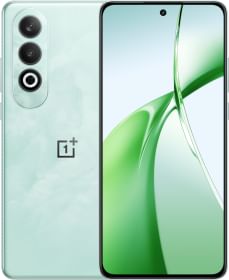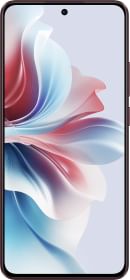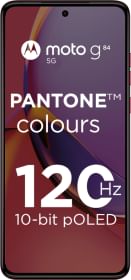Soon your home devices will matter. Matter is a new standard designed to allow interoperability to connect everything in your home with ease. The brand diversity at home now won’t matter as you can pick and choose what’s best in each Samsung, Apple, Amazon, or Google and they will all work together to make a Matter smart home.
Independence from the internet, the devices will be able to connect locally. Which means almost no lag between command and execution.
What is Matter?
In Layman’s terms, Matter is an interoperability standard that unifies all smart home accessories irrespective of their running system platform. The motto is simple, have every smart home device run on a single operating protocol to reduce dependency on specific devices.
For example, next time you’re going to buy a smart bulb, you won’t have to check its compatibility with Google Assistant and Apple’s Siri, if Matter’s label is there it will work with on any platform (details to be specified further).
To understand the dynamics over which the Matter protocol is created, it is very necessary to understand the taxonomy of a smart home. Simply, there are smart devices to be controlled such as smart bulbs, security cameras, thermostats, air-conditioners, and many more and then there are controller devices that give commands either voice or text such as Google Nest Hub Max, Amazon Echo Show, Apple HomePod Mini, etc.
why do we need a new standard?
Matter smart home protocol aims to control all smart devices through all smart controllers whether they share command compatibility or not. So, next time you see a Matter label on a device, you will know that it could be controlled with any Matter controller which could be your Alexa or Google Assistant’s voice command.
As for compatibility, more than 200 companies back the Matter smart home protocol. Now you might have felt a need to buy a Matter controller. But do you really need a new one or do you have one already?
How does Thread sew the dream of Matter smart home?
As told earlier, Matter is not a new protocol born out of scratch. It’s more like an accumulation of existing IoT networking technologies. Existing technologies such as Wi-Fi, Bluetooth, ZigBee, Z-wave, and Thread have their own indoor range, frequencies, and network topology. But Matter will be highly reliant on Thread.
Thread is an IPv6-based wireless protocol created specifically for IoT device communication which uses lower power, low bandwidth, and mesh networking topology perfect for a Matter smart home. Being IPv6-based, Thread can connect to any IP network-based device such as a smartphone, or tablet without any central hub or bridge.
By cutting out the middlemen, thread-connected devices are faster on the larger network using less power comparatively. Continuing with our tech in hand, Matter uses Thread protocol along with WiFi and Ethernet to have a self-healing reliable mesh network ready to use.
Thread does use a border router for using the Internet, but it saves the hassle for different bridges for different devices using Thread. Any device running on Thread can be connected using a single Thread border router, which is nothing but a Wi-Fi connection and uninterrupted power.
In the near future, most Wi-Fi routers will be thread border routers too. Additionally, some Matter controllers are Thread border routers as well. That means the Matter controller will be able to control everything, using Wi-Fi for higher range devices like cameras and Thread for lower latency devices like sensors.
Will the competitive spirit matter?
Created and run by the Connectivity Standards Alliance, Matter is supported by giant tech organizations such as Samsung, Apple, Google, Amazon, etc as well as small home accessories manufacturers such as Nanoleaf, Wyze, Eve, etc.
With the Apple HomePod Mini being both a Matter controller and a Thread border router, the question arises what will happen to Z-Wave, ZigBee, and existing hubs and controllers?
ZigBee has already announced most of their future devices’ compatibility with Matter standards. Devices that work on Bluetooth connectivity won’t be useful either until they join the Thread network. Z-wave on the other hand will ‘promote’ the solutions to bridge existing Z-wave devices to matter. Silicon Labs, a chair on both Z-Wave Alliance and CSA has sent the first draft of Unify SDK, the bridging code.
One more concept to clear is that this means that you will be able to command Samsung SmartThings Hub with your Apple HomePod. The answer is a simple NO. Matter devices can be controlled by matter controllers irrespective of their OEM. But controlling another controller is out of subject even if they are both Matter compliant.
How will a Matter smart home look like?
With as many smart bulbs, sensors, blinds, door locks, and thermostats controlled with a single device, Matter smart home will drastically increase the independence of different controllers or applications.
The tech giants have already launched their hubs and voice assistants with Matter compatibility and are waiting for the rest of the world to hop on the interoperability train. With Apple TV and Samsung SmartThings Hub v2 already on the list of Matter controllers, it won’t be long before the globe follows.
It feels good to say, that CSA has built something that will change our lives with a small yet powerful effect and we’re going to realize it much later. Matter devices and controllers have already started pouring into the market with Apple leading the tally.
More devices by Google and Amazon will be available by the end of 2022 and more devices will fall through in early 2023, making your matter smart home available as soon as possible. With smart home automation growing rapidly in the current world, and new technologies seeming burdensome for common people, creations like Matter surely put a smile on our faces.


















